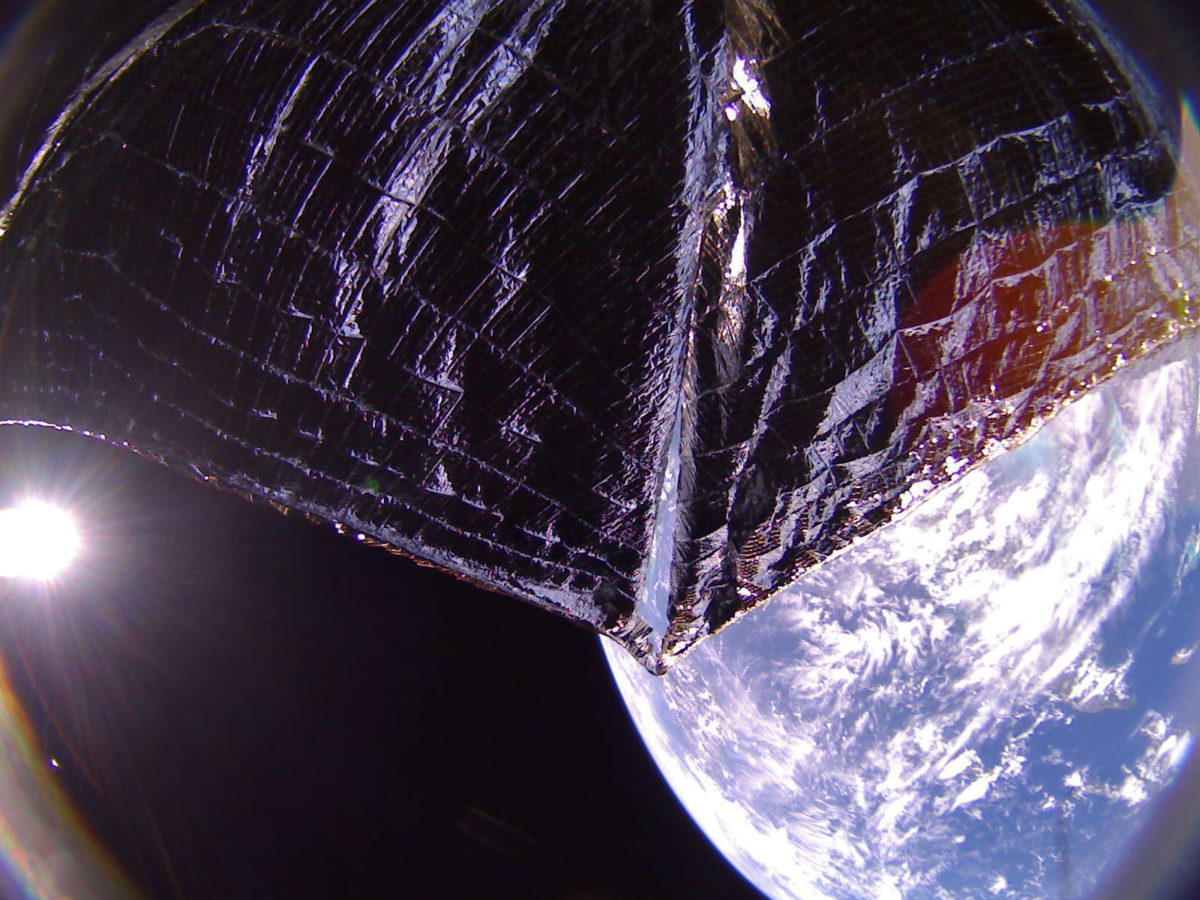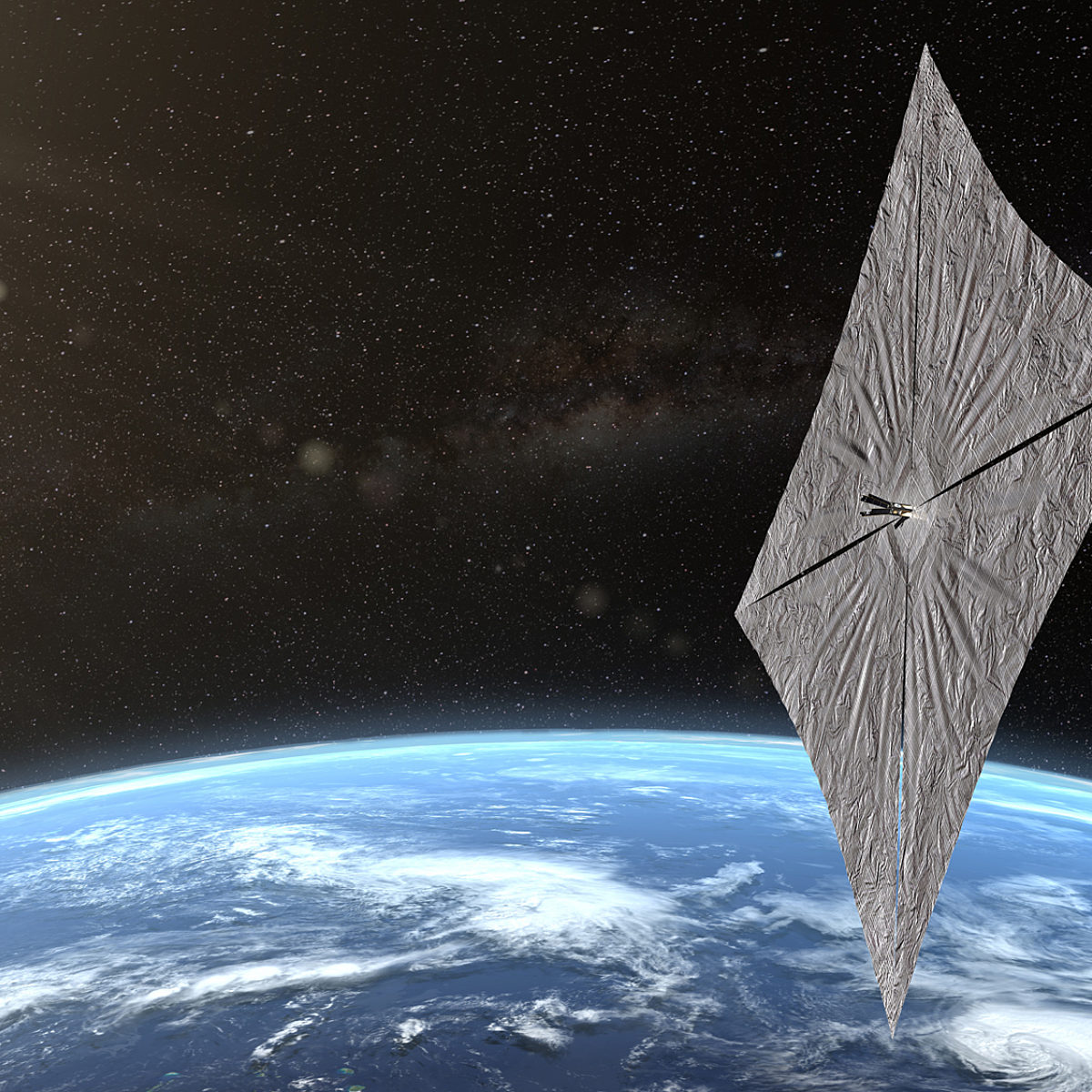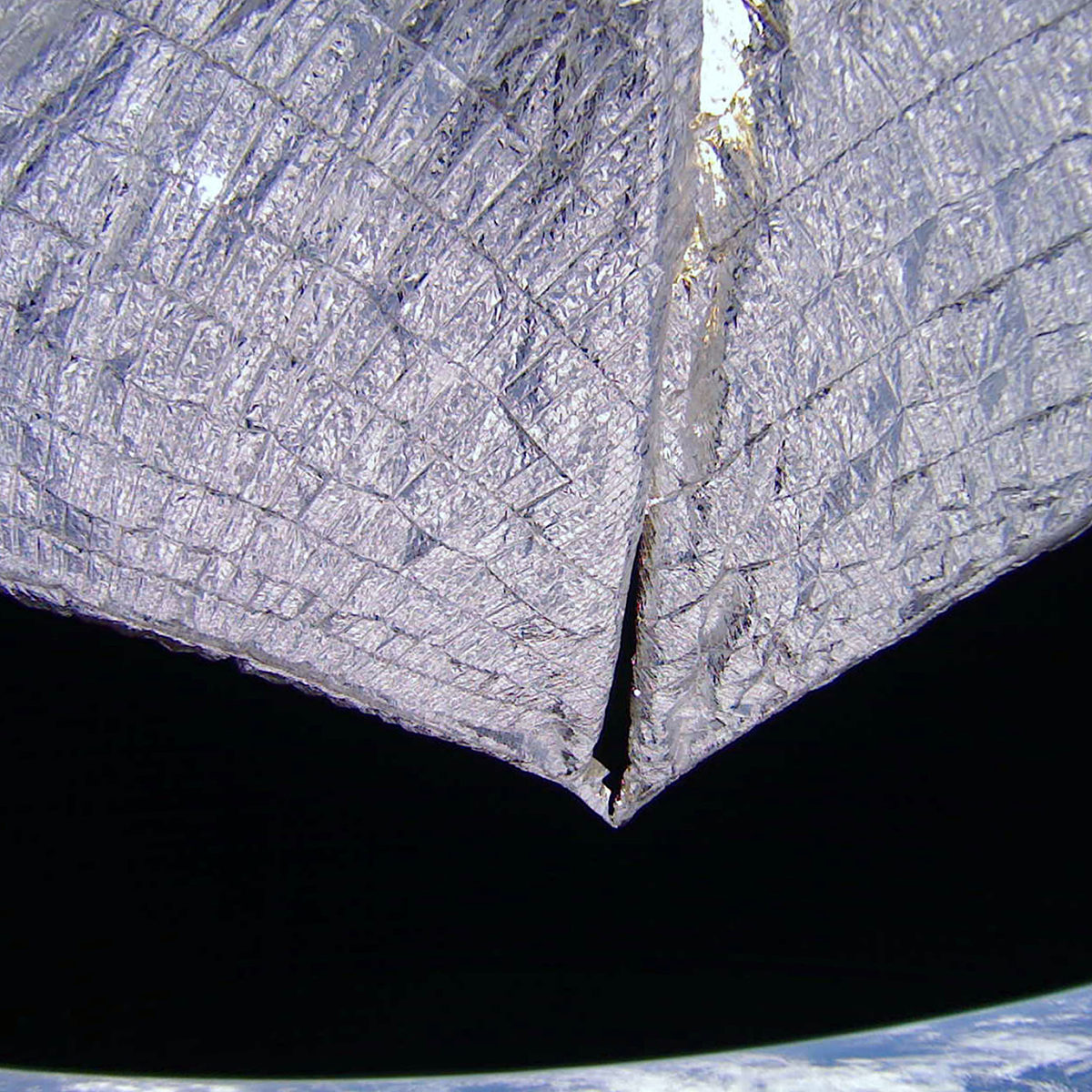Jason Davis • Sep 19, 2019
Bill Nye, Planetary Society Staff Listen to LightSail 2 Signal
When LightSail 2 recently flew south of The Planetary Society's Pasadena, California headquarters, CEO Bill Nye and other staff members stepped outside to listen.
The spacecraft regularly transmits health and status data to its ground stations on Earth—data that you can see displayed in real-time on our mission dashboard. Every 45 seconds, LightSail 2 also squawks Morse code of its radio call sign, WM9XPA. This signal allowed the mission control team at Cal Poly San Luis Obispo to identify LightSail 2's signal on 2 July 2019 shortly after it deployed from its Prox-1 carrier spacecraft.
On 9 September 2019, LightSail 2 testing and operations engineer Justin Foley, who is also a Planetary Society member, brought his amateur radio equipment to The Planetary Society for a LightSail 2 flyover. As Nye and others watched, Foley's radio antenna picked up LightSail 2's Morse code signal and piped it through laptop speakers for everyone to hear.
Listening to LightSail 2 Bill Nye and other Planetary Society staff members listen to our crowdfunded solar sail satellite, LightSail 2. The spacecraft transmits an ultra-high frequency morse code every 45 seconds, and with help from testing and operations Engineer Justin Foley, the signal was converted to audio as the spacecraft soared overhead.
Radio enthusiasts looking for tips on tracking LightSail 2 can visit the "See and Track" section of our LightSail 2 mission page. There, you can also download audio clips of the Morse code beacon and even use them as a ringtone for your phone!
LightSail, a Planetary Society solar sail spacecraft
LightSail is a citizen-funded project from The Planetary Society to send a small spacecraft, propelled solely by sunlight, to Earth orbit.
We're still looking for image processing help!
In our last LightSail 2 update, we asked the image processing community for help in creating a top-down-view of LightSail 2's solar sails. We haven't seen any attempts yet, so if you're interested, we hope you'll consider giving it a try!
Here are 2 new images from both cameras that were taken at the same time, meaning they are good candidates for a combined top-down solar sail image. You can download raw versions of these new images here (listed under mission day X).


If you process either image pair, please tag us on Twitter or email the results to [email protected]. If we add your work to our LightSail 2 Media Gallery, we'll be sure to give you the proper credit.
Calling All Image Processors: Help Us Create a Top-Down View of LightSail 2
We've got 2 fish-eye pictures of the spacecraft's solar sail from opposite cameras, and we're hoping they can be combined.
Support our core enterprises
Your support powers our mission to explore worlds, find life, and defend Earth. You make all the difference when you make a gift. Give today!
Donate

 Explore Worlds
Explore Worlds Find Life
Find Life Defend Earth
Defend Earth



